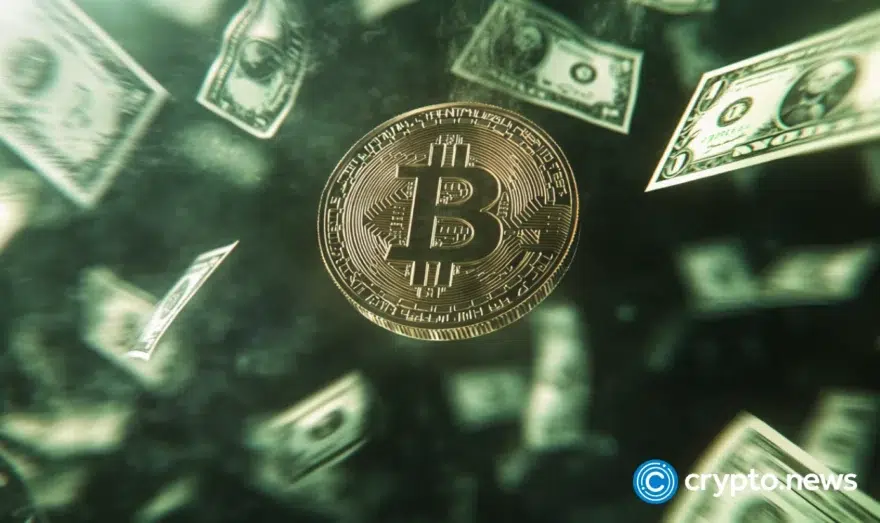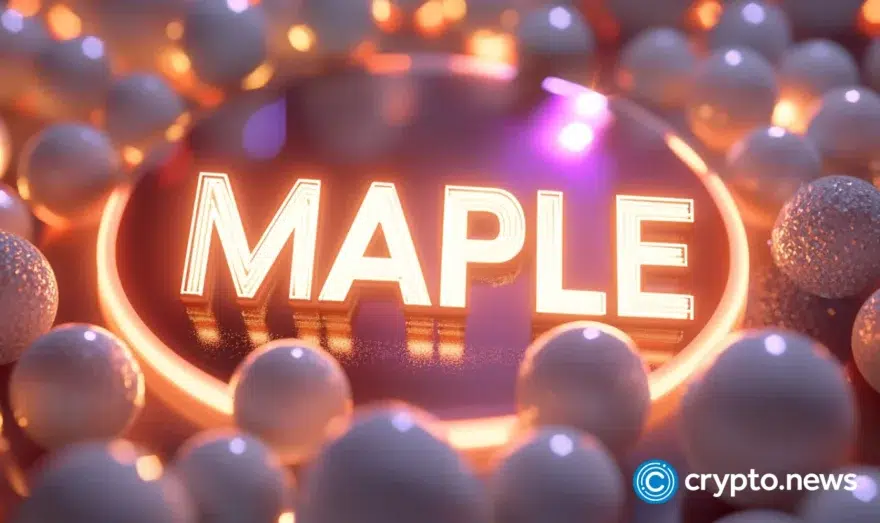An In-Depth Overview of DeFi Protocols

During the initial days of blockchain technology, prominence was explicitly placed on the development of the network. The industry grew enormously, creating a new financial system dubbed Decentralized Finance (DeFi).
What is a DeFi Protocol?
DeFi protocols are autonomous programs that can respond to hitches in the traditional finance ecosystem. Most of the DeFi protocols witnessed growth in the last two years. In 2020, DeFi protocols demonstrated a lot of potential. DeFi market capitalization rose to new highs.
More than half of the percentage population in the universe don’t have bank accounts. DeFi aims to solve this problem where users no longer require paperwork. In a nutshell, the decentralized ecosystem’s purpose is to prevent centralized institutions from controlling the users’ activities.
This is done via a smart contract system that operates a peer-to-peer arrangement. Participants can liquidate their assets, such as lending these protocols to acquire interests and rewards. Lending requires one to overcollateralize assets—for instance, a provision of 60% capital worth of digital assets to receive 40% interest. Additionally, users can borrow and pay with interest.
Protocols have formed a critical part of the ecosystem with numerous recognized projects and tokens. Startups in these locations see vast opportunities due to the sharp rise of blockchain technology. Several projects have harnessed millions of dollars in funding, and the industry has over $ 9 billion value of locked digital assets. These projects also distribute on-chain assets such as shares and stocks, encouraging crypto adoption.
Benefits of DeFi Protocols
Integrated Data Exchange
DeFi protocols are generated to integrate and complement Ethereum’s compassable stack. Developers and product teams can create on top of already established protocols, customize interfaces, and integrate third-party applications using DeFi. Therefore, it accounts for the term money Legos in Decentralized protocols.
Managing Transparency
Other users can see and verify each transaction occurring on the network. Additionally, the addresses are pseudo-anonymous and encrypted. The data transparency in these networks makes activities available to any user at any time.
Financial Freedom
Decentralized protocols allow users in the DeFi market to retain ownership of digital assets. Moreover, they can control their information by interacting with permissionless financial protocols and apps using Web3 wallets such as Metamask. The protocols also offer the DAO (Decentralized Autonomous organizations), where one has the right to vote on the changes and is also given rewards.
Openness
In contrast with traditional finance, you don’t need to fill out lengthy documents in Decentralized Finance while applying for an account. You simply create a wallet using a hardware device or free software, which is good to go.
Programmability
Crypto protocols are built on a smart contract that is highly programmable. The system allows the creation of other digital assets and instruments. It also enhances speed where transactions are actual and dated in real-time. No waiting for five or six business days for transactions to go through.
Most Popular DeFi Protocols
Aave
Aave is one of the leading lending decentralized protocols with a market cap of $ 2.09 billion. Besides providing security for the protocol, Aave also enhances users to become DAOs. Therefore, they have the right to partake in governance using the native token Aave. Participants can also stake the Aave tokens via the safety Module to gain rewards.
The cryptocurrency protocol offers various options for borrowers as they collateralize their digital assets to reach the required crypto amount. It also provides its clients with reduced average fees and optimized financial transactions without depending on other services.
Yearn
Yearn Finance is also among the top most popular DeFi protocols. In fact, it is an automated liquidity aggregator that provides vast opportunities for yield farming. The protocol uses its native token, dubbed YFI, which is responsible for governance. Participants must claim these tokens to participate in decision-making and acquire a pro-rata share of the decentralized App.
Synthetix
Synthetix is an open source, DeFi protocol subjected to the Ethereum network and powered by SNX, its native token. Users must stake up to 750% of the new-minted derivatives known as Synth. Additionally, the decentralized application contains ratios known as Synth. The ratios earn its participants a share of the trading fees and native inflation.
Compound Finance
The compound is another asset of the DeFi protocol that can’t be neglected while mentioning the others. It is, in fact, the leading lending decentralized protocol. Users can earn the native token COMP via borrowing and lending crypto assets. COMP helps participants to make decisions about the protocol through delegation and flexibility in voting.
Curve
This decentralized exchange is entirely on another level as it’s hitting new horizons. It is a liquidity aggregator for peg assets, including stablecoins and bitcoin wrappers. Their native token is CRV. Users need to stake these tokens via the DAO system to attain governance. Moreover, users can also earn liquidity multipliers for CRV liquidity mining
Conclusion
The decentralized ecosystem is exponentially developing, more so the protocols that came along. There are a lot of specificities that utilize these protocols; liquidity aggregators and margin platforms are among the spheres using these protocols. These varied situations are the critical aspects that make the decentralized ecosystem a walk in the park to the financial localities.
Nonetheless, it’s also important to note that danger areas are stored within these protocols. Not to talk about hackers who invade vast amounts of investors’ capital. The interested artisan should understand the flaws of DeFi to have room for success in this space.















